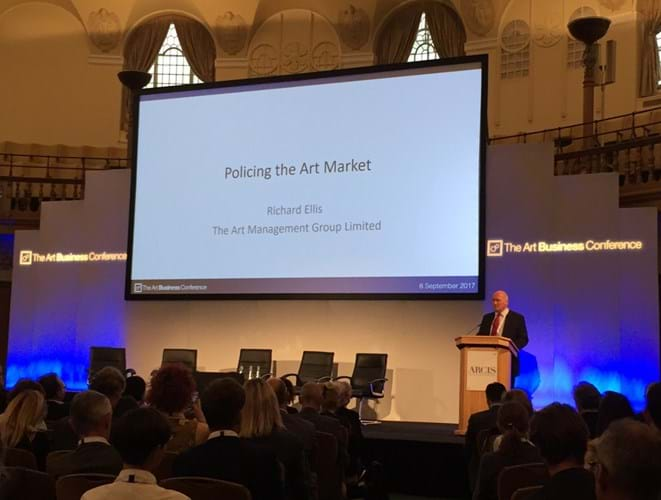As first revealed by ATG in July, the art crime unit was temporarily closed in the summer due to “unprecedented” demand within the force and its officers have been reassigned to work on the Grenfell Tower fire investigation.
The unit had been due to reopen later this month but fears are mounting the three officers will not be able to return.
Ellis, who re-formed the art and antiques crime unit back in 1989, said "it would be serious folly" to not reopen the unit.
He added: "I spent 30 years with the police. I have seen too many temporary postings become permanent. We are right to fear it will face closure due to the redeployment of officers."
Ellis acknowledged that the Met is under budgetary pressure and is cutting staff across its departments, but he referred to the problems faced when the unit was closed back in 1984. He said a "vacuum was left in Europe's largest art market".
"The market became increasingly vulnerable to theft, fraud and money laundering. One of the most sophisticated art markets in the world was left unpoliced."
Eventually after lobbying to the government the unit was re-formed by Ellis in 1989 and he is now calling on the police to look at the report file on the inquiry that led to it reopening to understand how vital the art crime unit is today.
The effective investigation of crimes relating to the burglary of art and antiques, international cultural property theft, fraud and money laundering are all directly impacted by the lack of a dedicated police unit, Ellis concluded.
In contrast to the UK situation, the US had trained 400 officers since 2007 and the FBI has 16 special agents on its art crime team.






